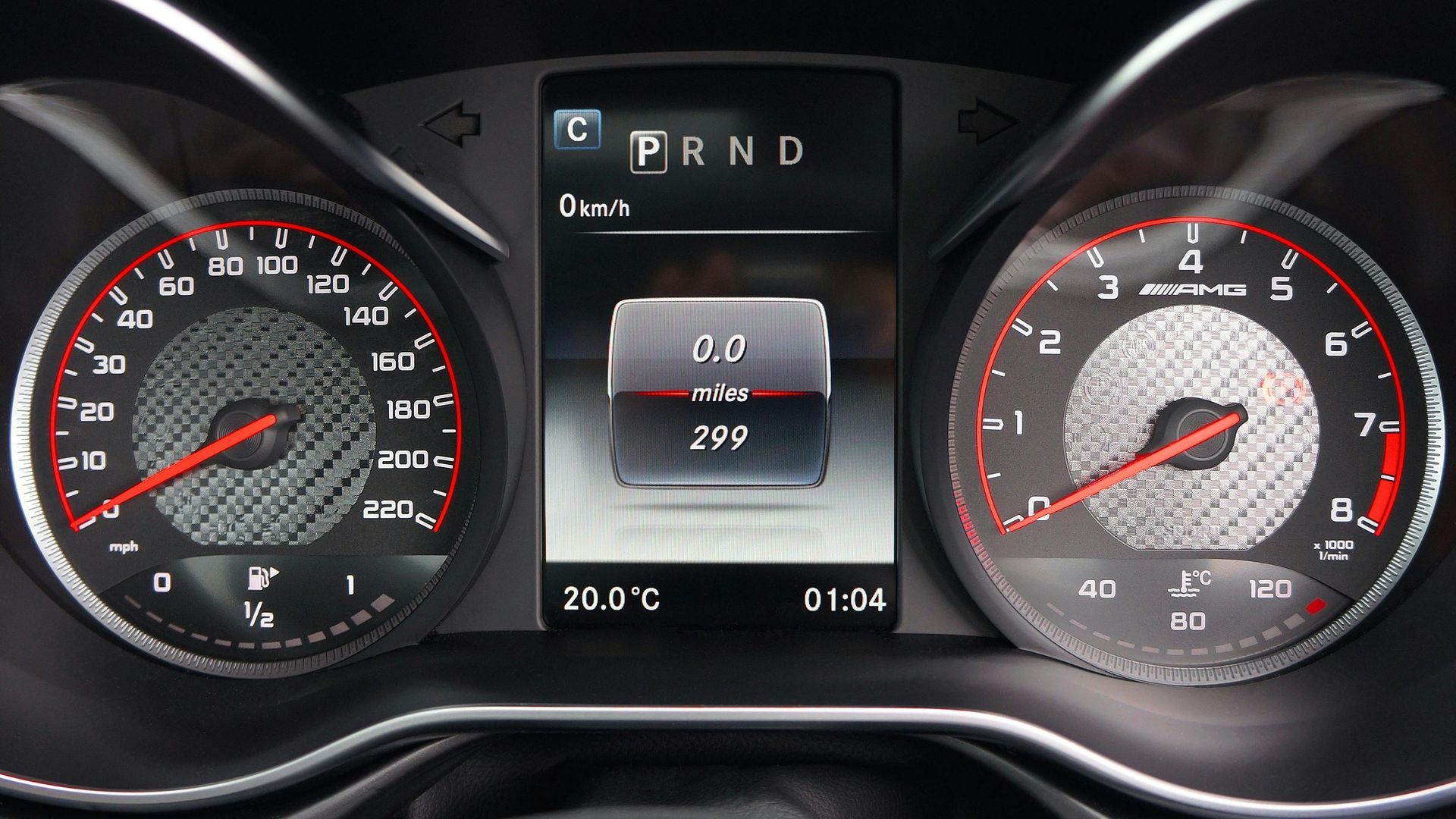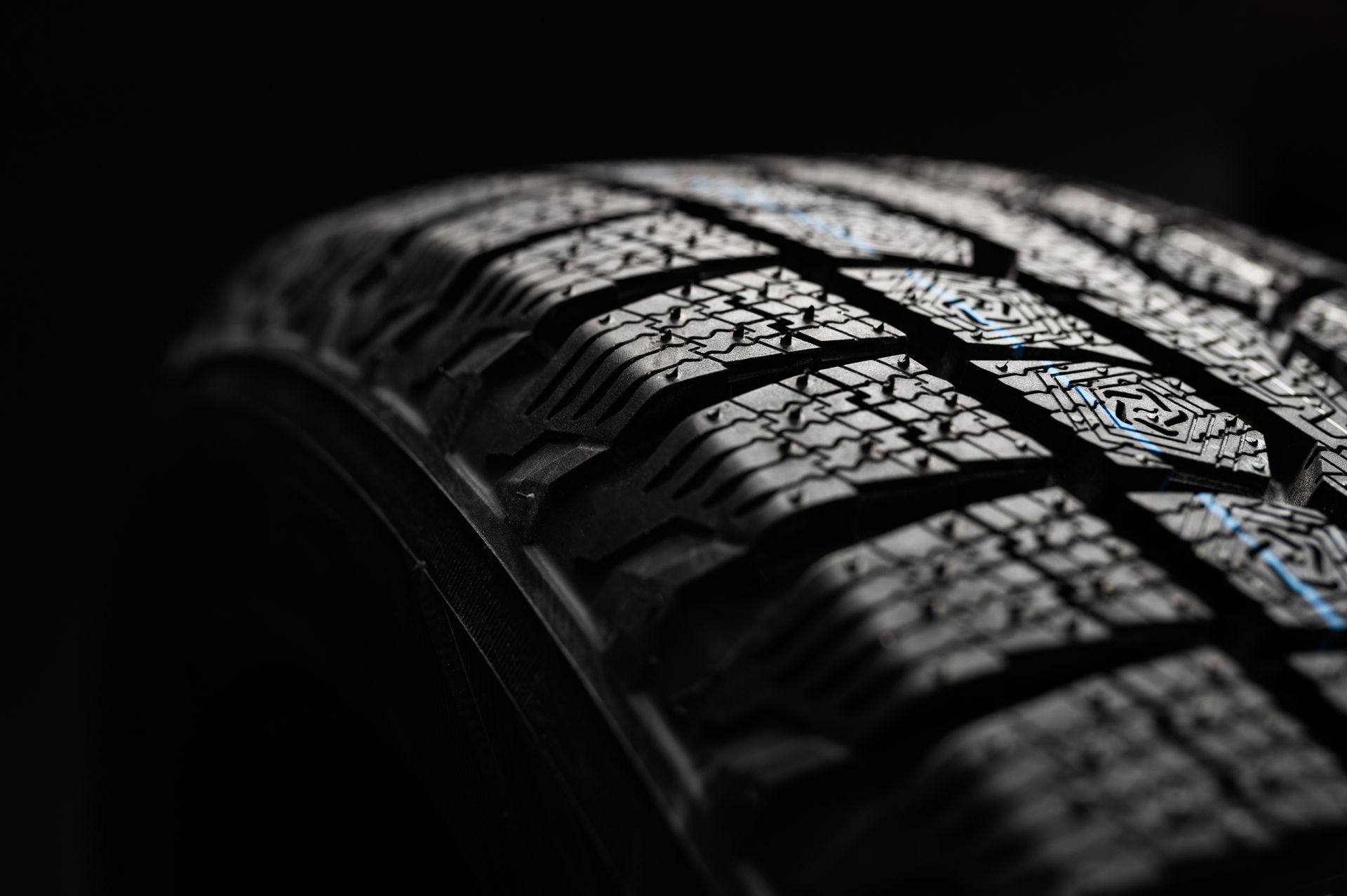How Much Air Should Be in My Tires?
February 24, 2025
Air Pressure for your Tires
Today’s tires are marvels of engineering, but if driven on with insufficient air pressure they are prone to blow outs at high speed, especially when overloaded or in hot weather conditions. To prevent blowouts, maximize your fuel economy, and extend the life of your tire, we recommend checking the air pressure in your tires at least once a month. We will happily do this for free at any of our locations. Just stop in and we will fill your tires up to the proper pressure with regular air, or we can refill your tire with Nitrogen for a nominal fee.
How much Air Should I Put in My Tires?
Pneumatic Tires are engineered to give optimum performance when properly inflated. The maximum load carrying capacity and inflation pressure that a tire is engineered to withstand is molded into the sidewall of every tire and typically looks like this…
But the maximum tire inflation pressure is not the amount of air you should put in your tires. Instead, you should look at the driver’s side door jamb for the Vehicle Placard. It will look something like this:
The Vehicle Placard shows the recommended “cold tire pressure” as the engineers of your vehicle intended, so that the tires will have the ability to carry the car’s weight (including passengers and cargo), at the maximum speed that the tire is designed to withstand, while also maximizing the tires handling and fuel economy characteristics.
Note that the tire pressure is intended to be measured when the tire is cold. Some of you may remember learning about Boyle’s Ideal Gas Law in your high school physics class. Well, PV=NRT is still the law today! The “P” is for Pressure and the “T” is for Temperature, so if you measure the air pressure in your tires after they have heated up from driving, it will be higher than if the measurement were taken when the vehicle has been sitting for a while. So, it is best to measure your tires air pressure in the morning before you have driven a significant distance.
Air Pressure and Vehicle Load
The weight of your vehicle can usually be found on another door jamb sticker that looks something like this:
In this case the Gross Vehicle Weight Rating (GVWR) is 3,828 pounds. According to the Vehicle Tire Placard, the maximum additional weight of the passengers and cargo that this Volkswagen Beetle can carry is 772 pounds, for a total of 4,500 pounds, or 1,125 pounds per tire. Note that this is less than the maximum load of the tire shown in the first picture (1356 pounds). This is because the load carrying capacity of the tire will go up or down as the air pressure varies inside the tire. Max pressure means max load carrying capacity, but for this Beetle the engineers at Volkswagen have recommended a lower tire pressure to improve other tire attributes such as handling, ride comfort and traction. If you need to carry more than 772 pounds, you can do so by inflating the tires over the recommended psi, but don’t exceed the maximum shown on the sidewall. By overinflating your tires, you may adversely affect other characteristics of the tires performance.
The tire inflation pressure shown on the Vehicle Placard is recommended by the engineers who designed your vehicle to give the best combination of ride comfort, handling properties, load carrying capacity, and rolling resistance. But you may decide to vary your air pressure to increase or decrease various vehicle characteristics affected by your tires. Generally,
Reducing a tires inflation will:
- Increase fuel consumption
- Reduce steering response
- Reduce tire tread life
- Reduce cornering stability
- Improve ride comfort
- Increase traction a bit
- Lower load carrying capacity
- Cause the edges of the tire to wear our more quickly than the center
- Increasing a tires inflation will:
- Give a stiffer ride
Increase steering responsiveness
- Increased fuel economy
- Raise the load carrying capacity
- Decrease ride comfort
- Increase the likelihood of pothole damage
- Cause the center of the tires tread to wear more quickly than the edges
One other consideration, during the winter tires are prone to lose air quickly, especially when a cold front blows through, so we recommend running your tires with 3 to 5 additional pounds of air to prevent blow outs during Chicago’s typical winter weather.
Featured Blogs & News


